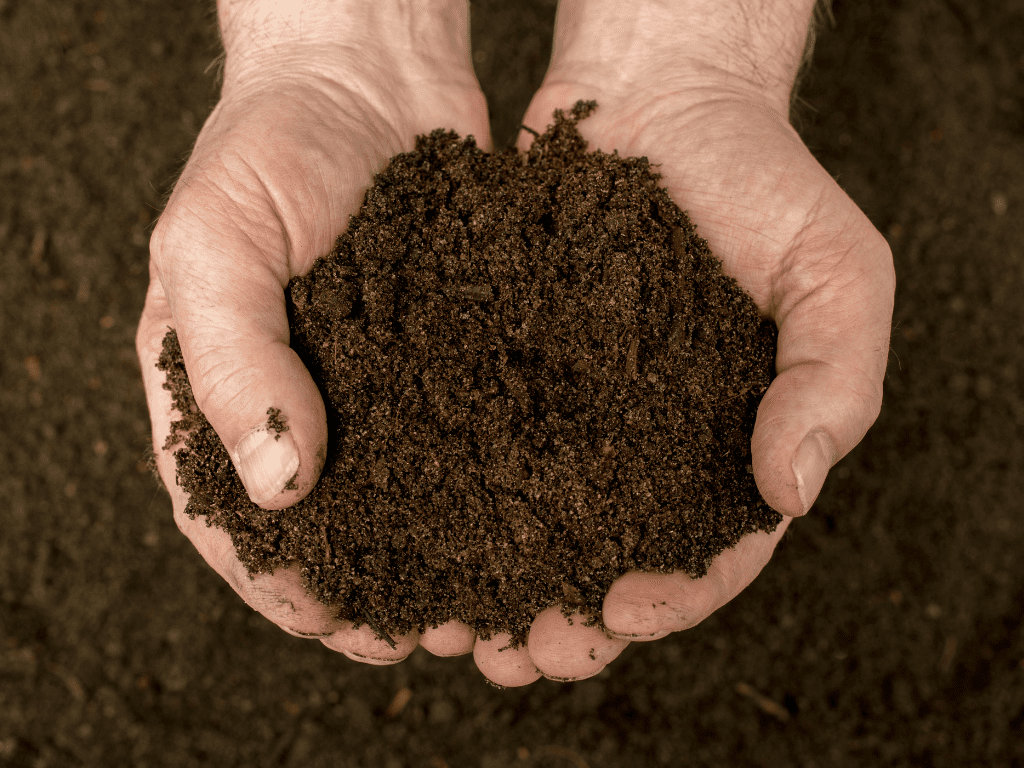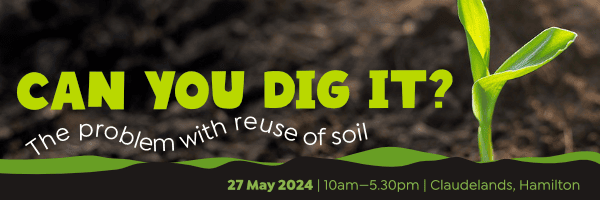
Deforestation of the Congo. The Great Pacific Garbage Patch. Glacial retreat in the South Island. Big topics getting closer in proximity to us, but I think we’ve got an even closer problem when it comes to the mistreatment of precious resources in Aotearoa. Well perhaps that’s a bit rich; but is this the direction we are headed in, with the way in which we manage surplus soils on our development sites?
Rod Lidgard (CEnvP SC) – Technical Director , Pattle Delamore Partners Limited - talks to us about why the issue is so important, and how you can help to find a solution.
As always with our industry; there’s something in the definition. You may have noted the subtle terminology change to ‘surplus’ soils and this gaining traction over from ‘waste’ soils and ‘cut-to-waste’ in recent past. In our society of convenience, we have let our take-make-waste culture go too far and devalue much more than we should. Rebranding these soil materials as surplus helps to remind us that they hold an inherent value which is not to be ignored, and we should do our best to explore alternatives to landfill disposal for this resource.
This is a bigger problem than we give credit. Seemingly imprisoned for life, with no chance of parole, estimates have us contributing over 3.5M T of inert soil per year going to landfill sites each year. With more information coming all the time through improved operational data recording and the Ministry for the Environment’s Online Waste Levy System; more is being learned about soil disposal to landfill every day.
As a contaminated land practitioner approaching 20 years of experience in our NZ industry, I have seen things gradually changing in our development industry from a reactive approach to soil management – often with seemingly only one solution: disposal to landfill – to a more proactive and practised approach, providing a higher degree of social responsibility in our actions. This is especially true over recent years as the pressures of sustainability, and reduced landfill availability and increased costs have begun to take effect on the development market. Disposal optimisation, soil blending and conditioning, bespoke landfilling, and onsite storage for future use are innovations which are all becoming more mainstream.
Every trip around your local neighbourhood or to-and-from work brings fresh reminders of our mistreatment of resources as soil is stripped and removed only to be replaced by new material, and additional soil material purchased to complete landscaping and filling needs. Has it become so commonplace that we now take it for granted or are we blind to it taking place at all? Inert soil material is being landfilled as we lack:
- the foresight to preserve soils as a valuable resource;
- prioritisation of effective ground investigation to provide for well-informed decisions;
- the contemporary and flexible planning frameworks to allow for the reuse of fit-for-purpose soils; and,
- the scalable storage facilities to support access to re-use materials.
I attested to as much in the recent Parliamentary Commissioner for the Environment’s report on the subject.
Every practitioner and regulator frequently point to one-another for the reasons for decision making when it comes to soil waste; ground contamination, geotechnical engineering, and regulatory constraints are all factors. However, with truly contaminated soils removed from the equation, we can all agree that the residual risk of these balance soils is low and the options for reuse are wide and varied. Yet they are still going to landfill.

Thinking about the reimagined waste hierarchy – reduce, rethink, redesign and then reuse, repair, repurpose – and its application to our industry, we each need to spend more of our time at the top of the pyramid – adding fibre to our project diet for long-term gain, and not dining out on the sugary spoils of short-term success.
Each category of the WasteMINZ membership group – whether it be contaminated land, geotechnical, regulator, landfill operator, or waste strategist – has an important role to play in developing this process. Diagnosing what your portion of that role is, and how your input can be most effective, is where we need to apply our efforts at this time. Te rautaki para | The Waste Strategy for Aotearoa New Zealand challenges us to make change in the waste sector to set the foundational elements for a Circular Economy for Soils (CEFS) by 2030. It is these elements which will set the fabric for effective management now and into the future – in a bespoke way which incorporates the stakeholders here in Aotearoa New Zealand.
Do you feel as though I have a perspective which only captures a small window of the issue? Feel like I am oversimplifying a multi-faceted and complex problem? Come and join us at the WasteMINZ workshop: Can You Dig It? The problem with the reuse of soils prior to the upcoming WasteMINZ Conference to contribute to this important discussion.

